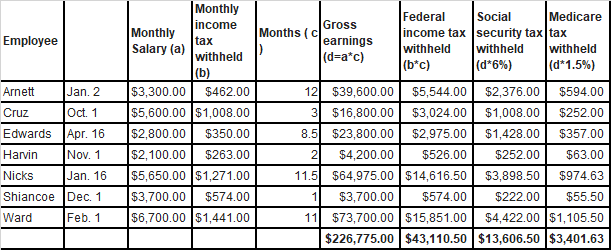The plan of organization and all the related methods adopted within a business to safeguard its assets and enhance the accuracy and reliability of its accounting records.
The plan of organization and all the related methods adopted within a business to safeguard its assets and enhance the accuracy and reliability of its accounting records.
Answer.
The plan of organization and related methods adopted within a business to safeguard its assets and enhance the accuracy and reliability of its accounting records is commonly referred to as internal control. Internal control encompasses the policies, procedures, and practices implemented by an organization to ensure the achievement of its objectives, including the protection of assets and the integrity of financial information.
Here are some key components and methods typically involved in establishing and maintaining effective internal control within a business:
Control Environment: The control environment sets the tone for the organization's internal control system. It involves establishing a strong ethical culture, defining management's philosophy and operating style, and ensuring competent personnel are in place.
Risk Assessment: Businesses need to identify and assess potential risks that could impact the achievement of their objectives. This includes evaluating both internal and external factors, such as industry-specific risks, economic conditions, and technological advancements.
Control Activities: Control activities are the specific policies and procedures designed to mitigate identified risks. These can include segregation of duties, approval and authorization processes, physical safeguards, IT controls, and documentation requirements.
Information and Communication: Effective communication of financial and non-financial information is essential for internal control. This involves establishing clear lines of communication, providing relevant information to appropriate individuals, and ensuring accurate and timely reporting.
Monitoring: Regular monitoring and assessment of the internal control system are crucial to identify any weaknesses or deficiencies. This can involve management reviews, internal audits, and periodic evaluations of controls.
Compliance: Compliance with applicable laws, regulations, and internal policies is another important aspect of internal control. This includes ensuring adherence to accounting standards, tax regulations, employment laws, and industry-specific regulations.
Training and Education: Providing training and education to employees is vital to ensure they understand their roles and responsibilities within the internal control framework. This can include training on control procedures, ethical conduct, and awareness of fraud risks.
By implementing these components and methods, a business can strengthen its internal control system, protect its assets from potential risks, and improve the accuracy and reliability of its accounting records. It is important to note that internal control is an ongoing process that requires regular evaluation and adjustment to adapt to changing circumstances and risks.


Comments
Post a Comment